Have you ever imagined the possibilities of creating a sustainable natural environment in one of the harshest terrains on Earth? Deserts are dry and hostile, but they can be tamed with the help of permaculture techniques.
Permaculture is an agricultural system that uses methods inspired by nature to preserve resources and create permanent forms of food production. It involves integrating various aspects of cultivation along with management practices to maximize output while minimizing resource use and pollution.
Desert permaculture is an innovative effort to transform deserts into more sustainable environments where plants, animals, and people thrive. This article examines desert permaculture, the benefits of permaculture, strategies for implementation, and vegetables that thrive in the high deserts. Let’s go!
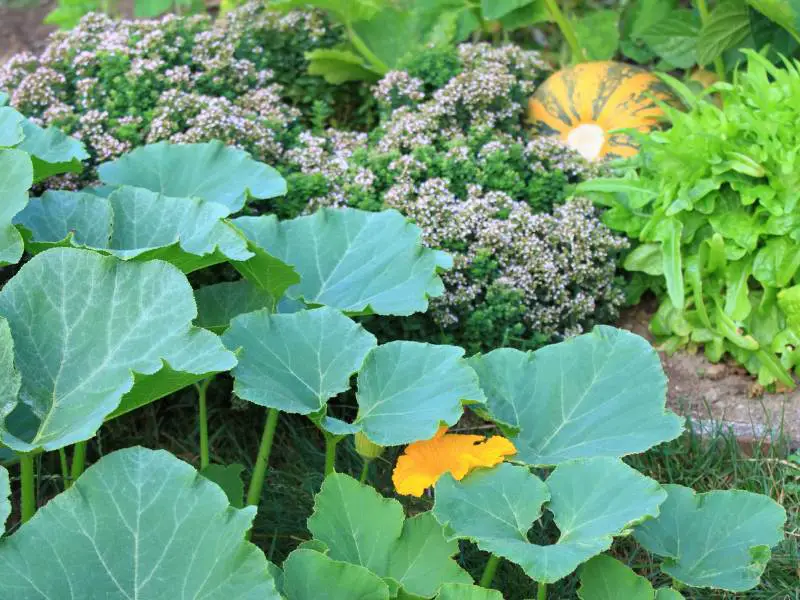
What Is Desert Permaculture?
Desert permaculture is an ecological design tailored for arid or semi-arid climates. These areas present a unique set of challenges for gardeners and farmers. With correct strategies, anyone can grow a wide variety of plants and vegetables with relatively little water.
A thriving food forest in the desert depends on a permaculture layering system. This system, if built, will replicate a natural ecosystem and provide a self-sustaining garden. The forest should consist of a combination of native and hardy species. Native plants have an inherent advantage since they are suited to their environment. Introduced plants must have drought and light tolerance and the ability to withstand winter temperatures. Ideal plants are tall and ground-hugging varieties.
Desert Permaculture Techniques
An arid food forest requires water as a vital component for growth. To maximize irrigation potential, capturing as much water as possible and redirecting gray water is essential. Implementing structures like swales can capture moisture, retain it, and maintain the health of plants with higher water requirements. Utilizing rain barrels and other water capture systems can preserve water until it is needed. Plant trees that provide shade and cool to minimize water loss from soil. Before planting, identify the areas on the property that receive the most water, generally near the home. Place plants that require regular watering in these areas close to the house or other structures.
Whenever possible, choose native plants that offer both food and other benefits. Some examples of such plants include Wild chiltepin, cactus, agave, cholla, amaranth, and mesquite trees. These plants are well-suited to the local environment and can provide valuable food sources.
Benefits of Desert Permaculture
Creating a plan for gardening in a desert environment hosts numerous advantages.
- Lower water usage as a result of enhanced soil water retention.
- Reduced surface run-off and nitrogen loss that would occur if they rushed through the topsoil.
- Plants are less susceptible to drought owing to better root development and drought resilience due to deeper penetration.
- Because natural inputs such as bacteria, fungi, and numerous plant species are used instead of artificial fertilizers and pesticides, desert permaculture is more environmentally friendly than conventional approaches.
- Desert permaculture plants are low-maintenance and drought-tolerant.
- Reduced water use results in cheaper operational expenses.
- Native flora attracts helpful native wildlife, which works as natural pest controllers.
- It provides edible landscapes with a diversity of food for both humans and animals.
How to Start Greening the Desert
1. Water Management
Water is a scarce resource in arid and semi-arid regions. To maintain a permaculture garden, it is consequently critical to catch and store as much water as possible. Increase water infiltration, minimize erosion, and preserve moisture by constructing swales, terraces, and other earthworks. Swales are the most straightforward and effective technique to store water in dry environments, particularly after heavy rains.
2. Plant Diversity
When you control the water storage situation, it will be much simpler for your plants to thrive. Concentrate on ground cover plants that will improve the quality of the soil. These include plants that can provide nitrogen, groundcovers, grasses, producers of biomass, and windbreaks.
These plants will aid soil stabilization, moisture retention, and nutrient addition, allowing fruit trees to flourish. You may also plant trees to offer shade and cool the land. Utilize agroforestry and intercropping methods to enhance biodiversity and yield. The objective is to maintain as much soil moisture as possible to sustain the early growth of plants.
3. Prioritize Native Plants
When planning your permaculture system, focus on the parts of your land that can hold the most water. The plants that need the most water should be grown close to where people live.
It would help if you chose desert-adapted native flora. These plants will thrive under demanding conditions, including Amaranth, agave, prickly cactus, quaking aspens, and sand drop seed. Studying to find the plants that grow in the desert is best. Investigate your USDA climatic zone and study botanical publications to learn about plants that reduce erosion, provide biomass, and assist in weed management.
After planting the support plants, the next stage is cultivating fruit trees. Begin by expanding the number of edible indigenous and adding other plants that thrive in comparable conditions. Communicate with local nursery operators to determine which fruit plants are suitable for the desert.
Perennial Vegetables that Can Survive Arid and Hot Regions
Perennial vegetables are an excellent addition to any garden, but they are particularly beneficial in dry and hot climates where water is limited, and temperatures are high. These plants can survive and grow in adverse environments and need less care than annual crops.
Perennial veggies only need to be planted once and will yield year after year. They also provide a variety of nutritional advantages. They not only increase soil health and decrease water usage, but they also provide habitat for local species and help to establish an ecosystem inside your garden. Here are some perennial veggies that grow well in dry and hot climates:
1. Saltbush
Saltbush is an evergreen plant with gray-green leaves that grows about 6 feet tall and 9 feet wide. It grows in tight clusters and doesn’t propagate by runners. Saltbush prefers light to mild soils that are well-drained. It can grow in very alkaline and saline soils. It can withstand strong winds and ocean exposure but needs full sun. Saltbush is edible, both raw and cooked. Also, when steamed, it keeps its texture.
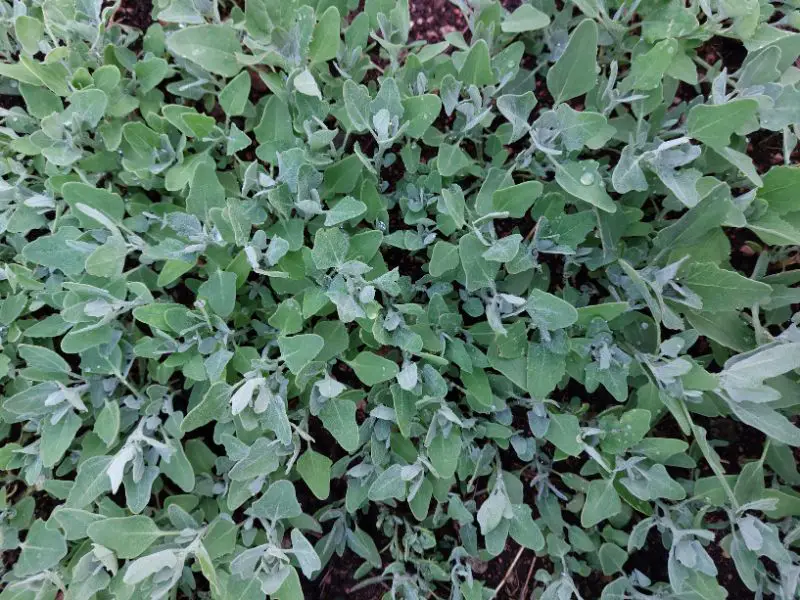
2. Spurge Nettle and Bull Nettle
The spurge nettle is known for its high-quality tubers, which can grow up to 2 feet in size. This plant is native to sandy areas in the southeastern United States, specifically in dunes where tubers can be extracted from the side of the dune without encountering the plant’s stinging leaves. It can grow in zone 8 and prefers well-drained soils.
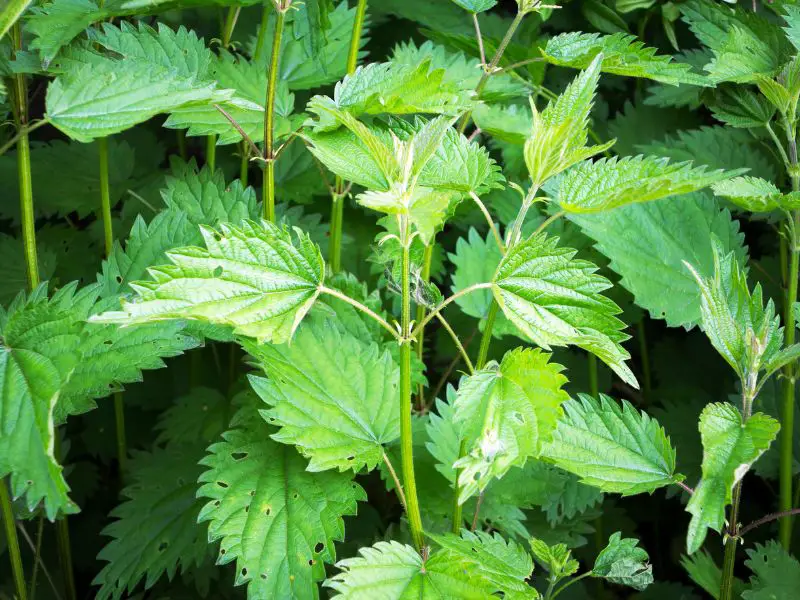
Another desert vegetable is the bull nettle. The roots of this plant can be harvested year-round. It is hardy to zone 9 and thrives in desert conditions. The roots of this plant were once a staple of the Seri Indians and are native to Baja, California, and the state of Sonora, Mexico.
3. Spineless Nopale Cactus
The spineless nopales are produced by various species of tree-like cacti, which can grow up to 12-18 feet high. These cacti are native to deserts and thrive in hot temperatures but can also grow in Zone 8. Nopales should be planted in full sun and require well-drained soils for optimal growth. Fertilizing with well-rotted manure will also enhance their growth. The flavor of nopales is a combination of green beans and okra. Additionally, the flowers and fruits are edible and can be used to make jams and fermented foods.
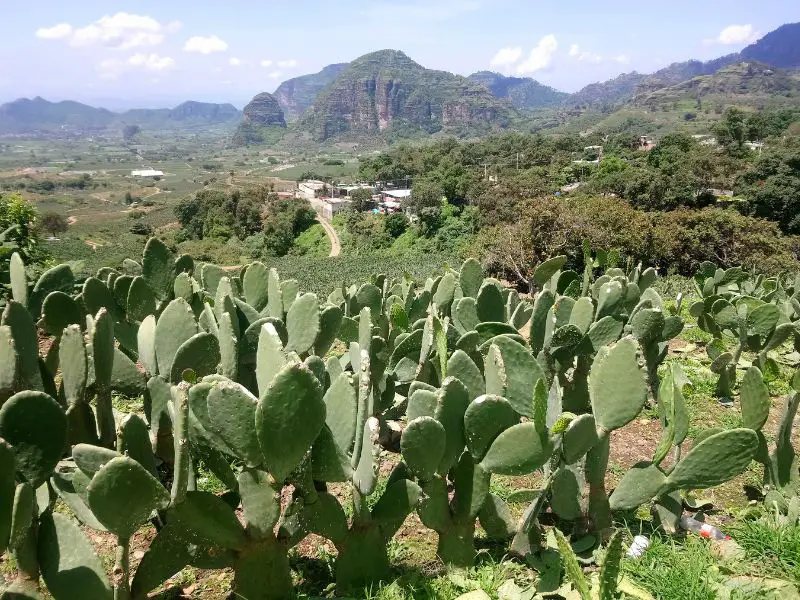
4. “Stingless” Chaya (as Dieback Perennial)
Chaya is a 15-foot-tall shrub with huge, beautiful maple-like leaves. Chaya is a tropical plant that can withstand mild frosts. Hard frosts kill it to the ground, but it swiftly recovers, making it an excellent option for a die-back perennial in the warmer portions of the United States. Chaya tolerates drought well but dislikes damp feet. It can thrive in practically any soil. Chaya must be boiled for at least three minutes to eliminate the cyanide in the leaves. The most common techniques for cooking are frying and boiling, although it may be prepared in any way you cook spinach.
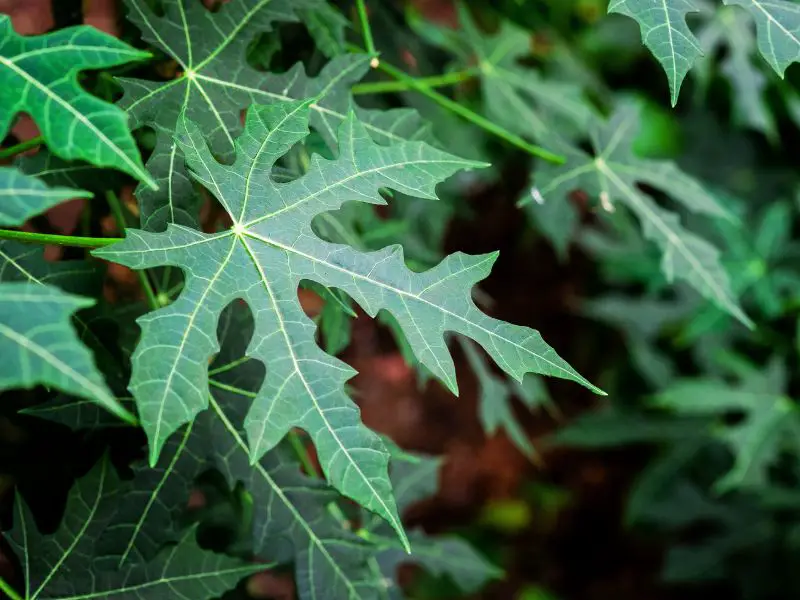
5. Lima Bean
Perennial beans thrive in fertile soil with ample moisture and full sunlight. They should be supported to climb, such as a trellis, as they provide an excellent edible source of shade and fix nitrogen into the soil. The climbing varieties are perennial and more productive than annual bush varieties. They typically have an effective lifespan of 4 years. The young pods can be used like green beans, the fresh green seeds are edible, and the dry beans are also edible. However, all of these should be cooked before consumption.
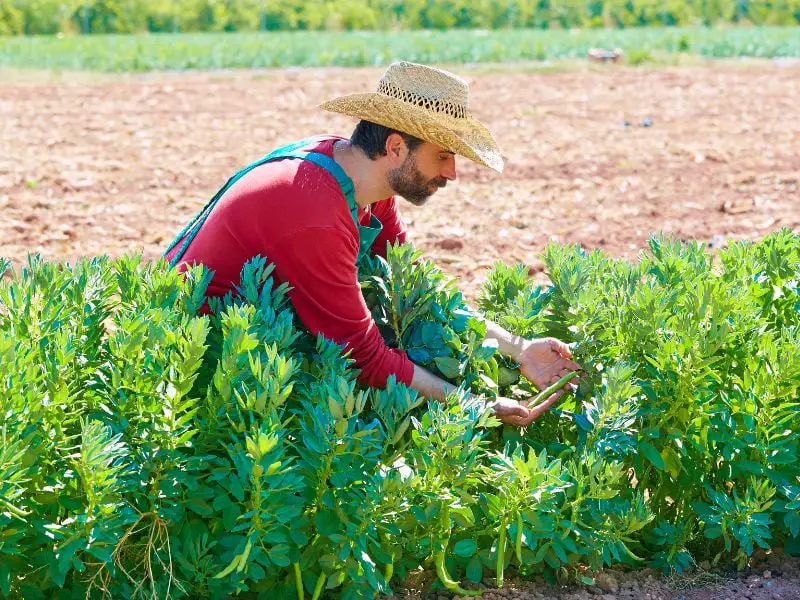
Author’s Note
Desert permaculture is a sustainable way of farming that uses natural principles to create an environment where plants can thrive in dry, arid climates. This method takes advantage of the limited resources available and works with nature rather than against it. Using the techniques above, desert farmers can produce food without depleting their soil or water sources.
The bottom line is that by combining traditional agricultural methods with modern technology and sustainable practices, desert permaculture offers a viable solution for growing food even in scarce water.
Eco-Friendly Guides For Plant Lovers: Beautiful Hanging Plants, World’s Most Endangered Plants, Permaculture Plants


1 thought on “The Ultimate Guide to Desert Permaculture: How to Grow Food in Arid Regions”